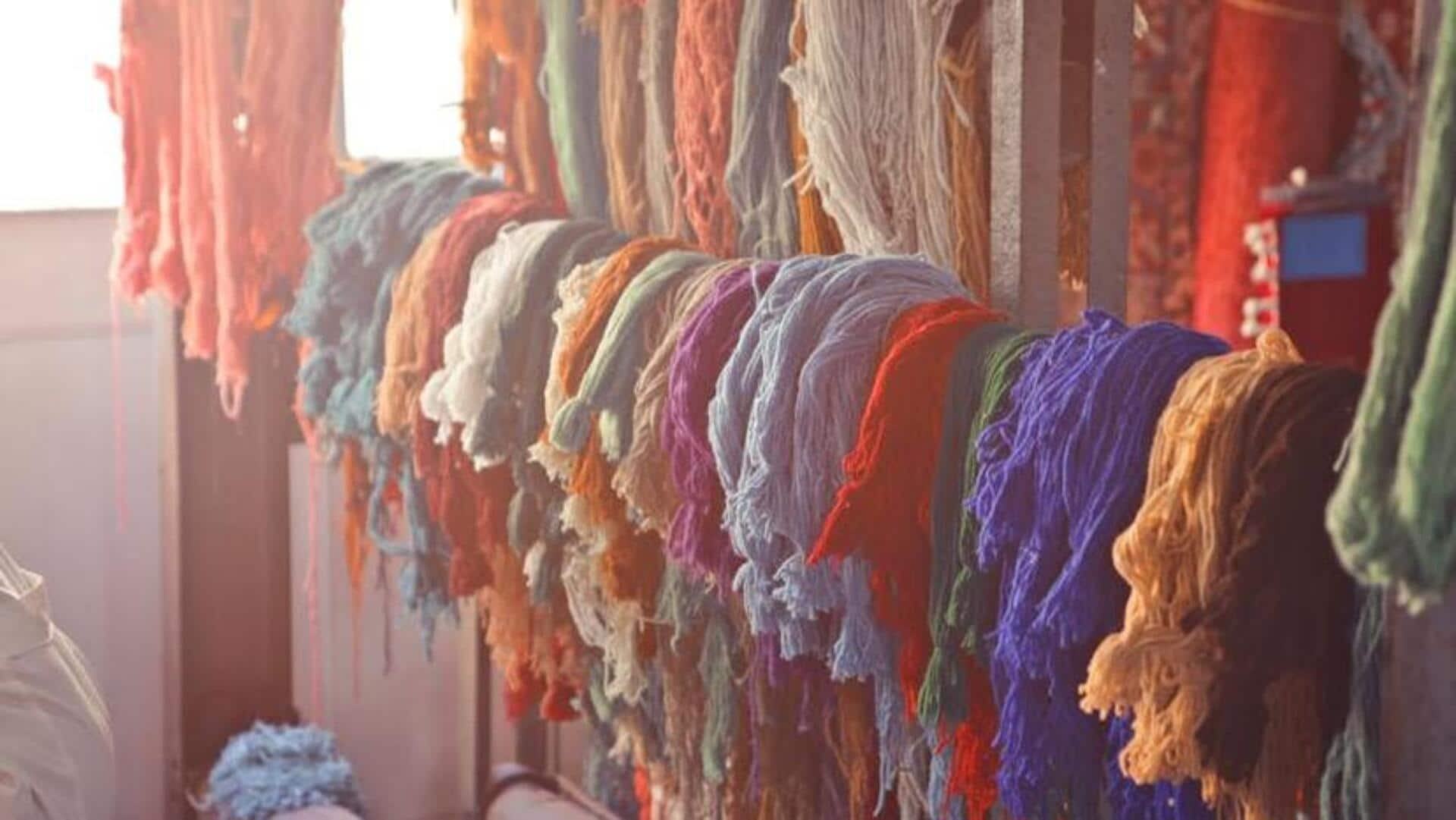
Reviving embroidery traditions in contemporary designs
What's the story
Embroidery, an art form that weaves stories through threads of fabric, has been a cornerstone of cultural expression worldwide. However, many of these intricate techniques are fading into obscurity. This article explores how modern fashion is breathing new life into lost embroidery traditions, blending them with contemporary designs to create garments that are both elegant and culturally rich.
Background
The beauty of embroidery
Embroidery has been a form of personal and cultural expression for centuries, varying from region to region. Each technique carries its own history and symbolism, from the delicate chikankari of India to the vibrant suzani stitches of Central Asia. Unfortunately, the rise of fast fashion and machine embroidery has led to a decline in these traditional practices.
Key concept
Modern meets traditional
Contemporary designers are increasingly weaving traditional embroidery techniques into modern garments. This approach not only pays homage to cultural heritage but also introduces a unique aesthetic that distinguishes these pieces in the modern fashion landscape. By integrating these ancient arts into current designs, they ensure the preservation and continued relevance of traditional embroidery, allowing it to thrive in conjunction with contemporary trends and innovations.
Practical advice
Practical steps for incorporation
To successfully blend traditional embroidery with modern garments, start by researching various embroidery styles and their origins. Choose techniques that resonate with your design philosophy or personal style. Collaborate with skilled artisans to ensure authenticity and quality. Finally, consider how each piece tells a story or conveys a message, making your garment not just clothing but a piece of wearable art.
Sustainability
Sustainable fashion forward
Blending traditional embroidery with modern designs enhances aesthetics and sustainability. This approach values craftsmanship, promotes ethical labor, and minimizes waste, urging consumers toward environmentally conscious, socially responsible choices. Reviving these traditions connects wearers to global cultures through heritage-rich threads, offering style and substance. Designers bridge past and present, creating pieces that tell tales of heritage and hope.